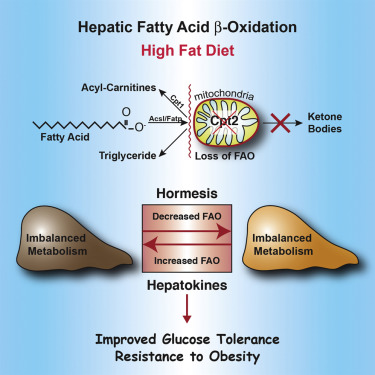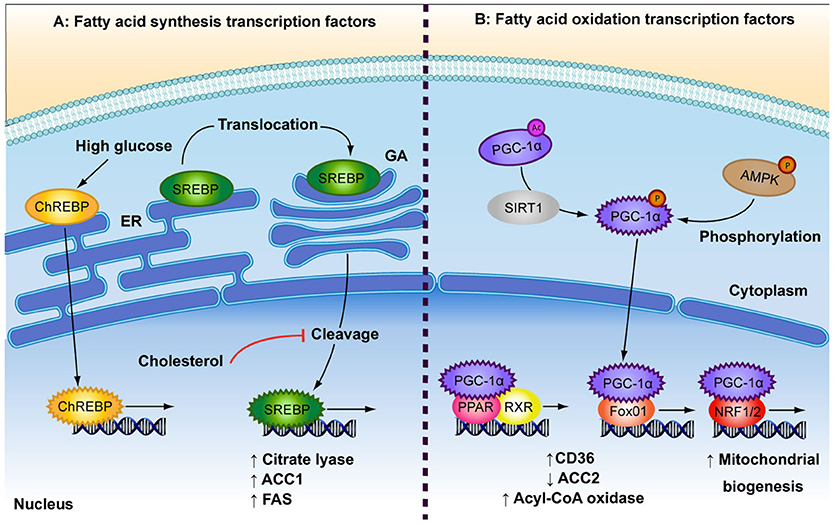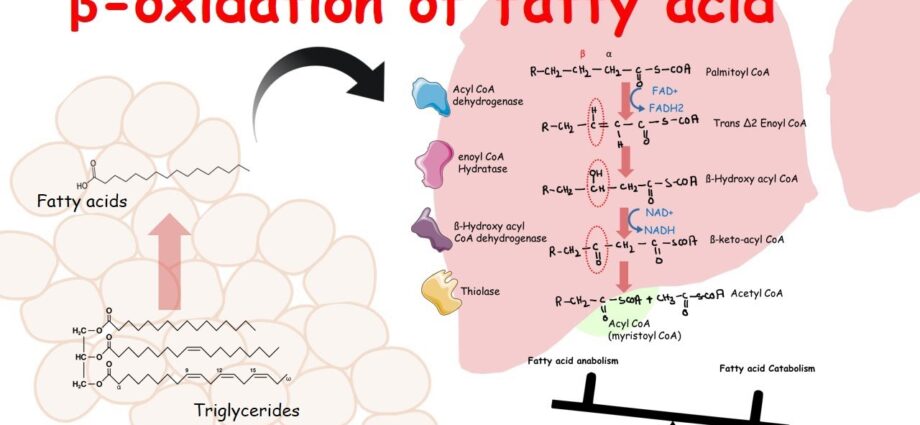
ABSTRACT:
In this article, we will discuss about the fascinating mechanism of beta oxidation of fatty acids. Beta oxidation is a crucial metabolic pathway that plays a central role in the breakdown of fatty acids to generate energy. This process occurs in the mitochondria of cells and is essential for maintaining energy homeostasis in the body. We will also describe the hormonal, enzymatic and allosteric regulations of the mechanism. We will also provide related references to understand the concept deeply.
INTRODUCTION:
Beta oxidation is a crucial metabolic pathway responsible for the breakdown of fatty acids into acetyl-CoA units, which can further utilized for energy production. This process occurs in the mitochondria of eukaryotic cells and plays a vital role in maintaining energy homeostasis. Understanding the mechanism and regulation of beta oxidation is essential for comprehending various metabolic disorders and developing potential therapeutic interventions.
MECHANISM OF BETA OXIDATION OF FATTY ACIDS:
The process of beta oxidation involves a series of enzymatic reactions that sequentially remove two-carbon units from the fatty acid chain, generating acetyl-CoA molecules. These acetyl-CoA molecules can then enter the citric acid cycle to produce ATP, the primary energy currency of the cell. The overall reaction of beta oxidation can summarize as follows:
Fatty Acid + CoA + NAD+ + FAD → Acetyl-CoA + NADH + FADH2 + ATP
1. ACTIVATION OF FATTY ACIDS:
The first step in beta oxidation is the activation of the fatty acid molecule. This achieved by the enzyme fatty acyl-CoA synthetase, which catalyzes the formation of fatty acyl-CoA from the fatty acid and CoA. This step requires the input of ATP and CoA-SH as co-factors.
2. TRANSLOCATION OF FATTY ACIDS INTO MITOCHONDRIA:
Once activated, fatty acyl-CoA transported into the mitochondria via the carnitine shuttle system. This translocation step involves the conversion of fatty acyl-CoA to fatty acyl-carnitine by the enzyme carnitine palmitoyltransferase I (CPT1) on the outer mitochondrial membrane. Fatty acyl-carnitine then transported across the inner mitochondrial membrane by carnitine-acylcarnitine translocase (CACT) and converted back to fatty acyl-CoA by carnitine palmitoyltransferase II (CPT2) on the inner mitochondrial membrane.
3. OXIDATION REACTIONS OF FATTY ACIDS:
Once inside the mitochondrial matrix, the fatty acyl-CoA undergoes a series of oxidation reactions. Each cycle of beta oxidation involves four enzymatic reactions: dehydrogenation, hydration, dehydrogenation, and thiolysis. These reactions catalyzed by four enzymes: acyl-CoA dehydrogenase, enoyl-CoA hydratase, 3-hydroxyacyl-CoA dehydrogenase, and thiolase, respectively. These reactions result in the production of one molecule of acetyl-CoA, one molecule of NADH, and one molecule of FADH2 per cycle.
4. THIOLYSIS AND CLEAVAGE OF FATTY ACIDS:
Finally, the 3-ketoacyl-CoA undergoes thiolysis by the enzyme thiolase, resulting in the cleavage of the acetyl-CoA molecule from the fatty acid chain. The remaining fatty acyl-CoA molecule shortened by two carbons and re-enters the beta oxidation cycle until it completely converted into acetyl-CoA units.

REGULATION OF MECHANISM OF BETA OXIDATION:
The regulation of beta oxidation tightly controlled to ensure the efficient utilization of fatty acids as an energy source. Several key regulatory mechanisms have identified:
1. HORMONAL REGULATION OF MECHANISM OF BETA OXIDATION:
Hormones such as glucagon and epinephrine stimulate beta oxidation by activating protein kinase A (PKA), which phosphorylates and activates hormone-sensitive lipase (HSL). HSL, in turn, promotes the breakdown of stored triglycerides into fatty acids, which are then available for beta oxidation.

2. TRANSCRIPTIONAL REGULATION OF MECHANISM OF BETA OXIDATION:
The expression of enzymes involved in beta oxidation regulated by various transcription factors, including peroxisome proliferator-activated receptors (PPARs) and sterol regulatory element-binding proteins (SREBPs). PPARs enhance the expression of genes involved in fatty acid transport and oxidation, while SREBPs regulate the synthesis of fatty acids and cholesterol.

3. ALLOSTERIC REGULATION:
Enzymes involved in beta oxidation regulated by allosteric effectors. For example, malonyl-CoA, an intermediate in fatty acid synthesis, inhibits CPT1, preventing the entry of fatty acids into the mitochondria for beta oxidation. This ensures that fatty acid synthesis and oxidation coordinated.
CONCLUSION:
Beta oxidation is a complex metabolic pathway that plays a crucial role in energy production by breaking down fatty acids. Understanding the mechanism and regulation of beta oxidation is essential for maintaining energy homeostasis and preventing metabolic disorders. Hormonal, transcriptional, and allosteric regulation mechanisms ensure the efficient utilization of fatty acids as an energy source. Further research in this field may provide insights into the development of therapeutic interventions for metabolic disorders associated with impaired beta oxidation.
REFERENCES:
Eaton S, Bartlett K, Pourfarzam M. Mammalian mitochondrial beta-oxidation. Biochem J. 1996;320(Pt 2):345-357. doi:10.1042/bj3200345 https://pubmed.ncbi.nlm.nih.gov/8973539/
Kersten S. Mechanisms of nutritional and hormonal regulation of lipogenesis. EMBO Rep. 2001;2(4):282-286. doi:10.1093/embo-reports/kve071 https://www.ncbi.nlm.nih.gov/pmc/articles/PMC1083868/
Schoonjans K, Staels B, Auwerx J. Role of the peroxisome proliferator-activated receptor (PPAR) in mediating the effects of fibrates and fatty acids on gene expression. J Lipid Res. 1996;37(5):907-925. https://pubmed.ncbi.nlm.nih.gov/8725145/



hey
cool blog 🙂 will give it a follow and a like !